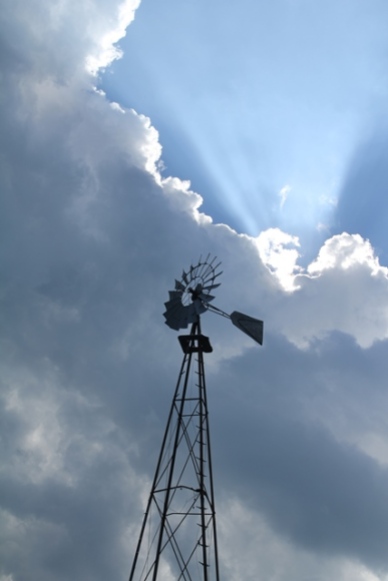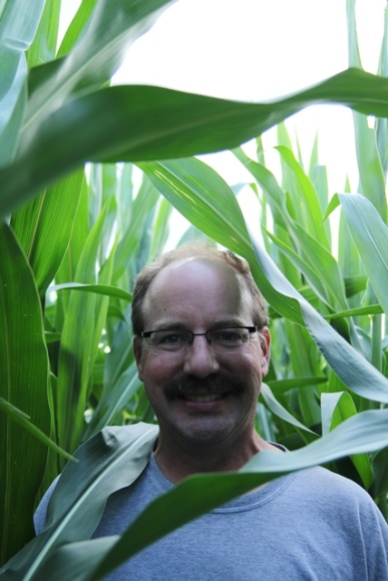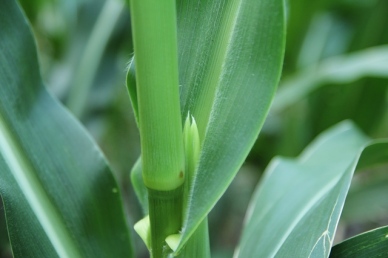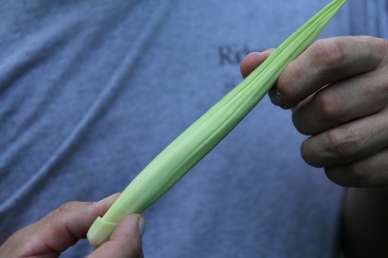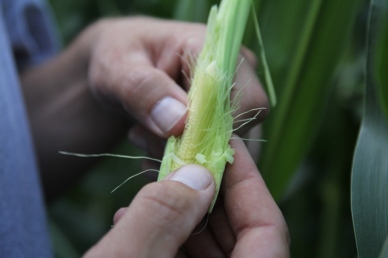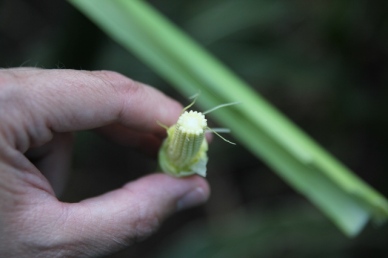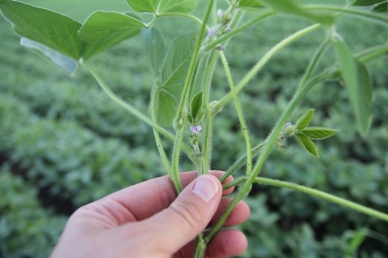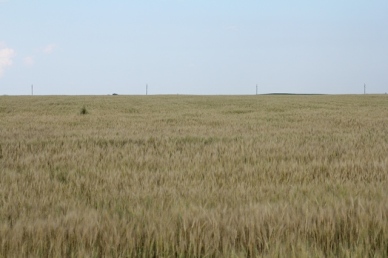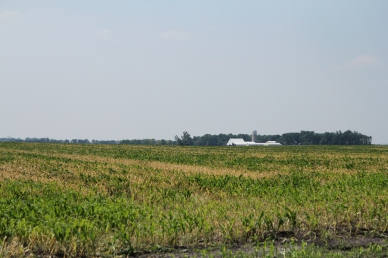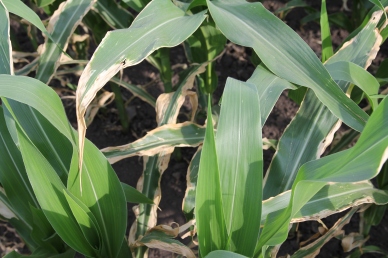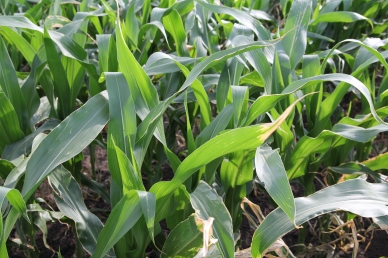One of the questions I get asked most when telling my farm story is “Where does your corn go?” Our corn is certified organic, so it doesn’t go to the local elevator where our neighbors deliver theirs. We have a few options, and work with buyers to find the right price and right market for our crop.
Animal Feed
One possible use for our corn is animal feed. Organically raised animals that eat ground corn must eat certified organic corn. We have shipped our corn on rail cars to California, New York, and places in between. Living in the Southwest Minnesota, we have the soils and proper weather conditions for raising pretty good corn. The animal feed market is influenced not only by livestock farmers in our area, but all over the United States.
Alcohol
This market may not be my mom’s favorite, but it has been a good one. Last year we sold our corn to an ethanol plant that makes consumable alcohols as a division of their business. They make regular vodka out of conventional corn, and a few times a year clean the plant and make organic alcohols with organic corn. They make vodka for a couple companies, as well as the alcohol that goes in organic vanilla extract, alcohol based cleaning supplies, and pharmaceuticals.
People Products
Typically we think of sweet corn as being the type of corn used for humans. However, there are many products on store shelves made from field corn. Corn chips, tortilla chips, corn flour, starch, and corn meal are a few examples. We have sold corn to cereal companies in the past as well. There are also many non-edible items made from corn and corn oils, but those typically are not organic products, so they wouldn’t use our crop.
We’re not that different, really
When you look at where our corn goes, it sounds pretty similar to where conventionally raised corn goes. One of the reasons so many farmers raise corn is the fact that it has many uses! I think that’s pretty cool.





